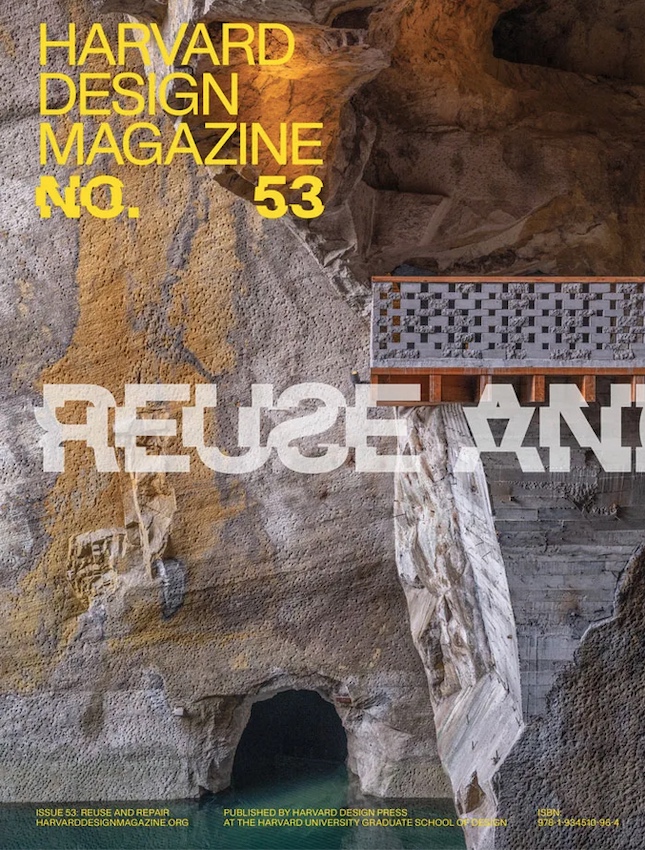Chicago was a well-loved subject of writer Carl Sandburg. Committed to the working class, his poems vividly recount the people who labored to make and remake the city during its heady period of growth in the 1910s and 1920s: the “shovel stiffs” and “work plugs” breathing life into “the junk of the earth” in rounds of “Shoveling, / Wrecking, / Planning, / Building, breaking, rebuilding.” This cacophony of construction and demolition stemmed in part from burgeoning housing and commercial demand, as well as the ongoing civic improvements of Burnham and Bennett’s 1909 urban plan. But it was accelerated by architectural obsolescence, a new real estate concept born in New York City that reached a fever pitch in Chicago. New federal taxes incentivized owners to demolish “obsolete” buildings as young as 13 years old and replace them with more up-to-date—and therefore more desirable and profitable—new structures on the same site. Witnessing this watershed cultural change, Sandburg came to characterize the city as a place where buildings went up and down as naturally as the sun.
